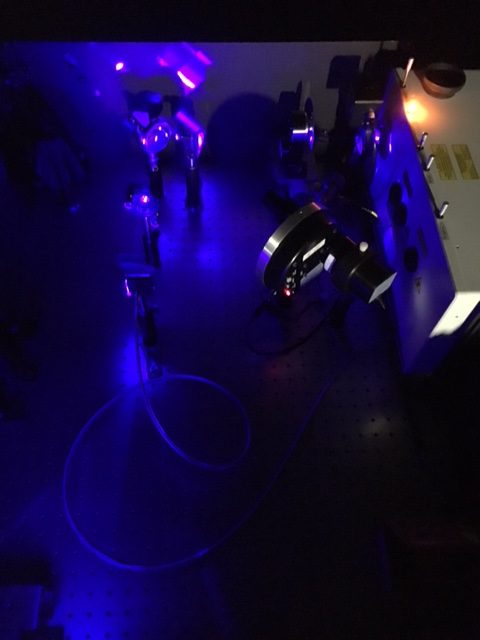Overview
The ATLAS project (“A Pulsed Tunable Laser System for the Characterisation of Spectrometers”) aimed to improve the accuracy of array spectroradiometers that are widely used for satellite validation of various atmospheric products. The ATLAS tunable laser system has now been integrated within the suite of calibration facilities available to the WORCC section.
The ATLAS Tunable Laser System
Surface-based optical radiation measurements are a key requirement for the validation of remote-sensing products from satellites. State-of-the-art systems consist of array spectroradiometers to measure solar radiation in the UV-VIS-NIR range in order to determine a large range of parameters, from surface radiation to atmospheric composition products such as the total concentration of trace gases as well as their profiles. In order to fulfil their role as reference systems for the validation of satellite products, traceable surface-based measurements to the international system of units are required, including a comprehensive uncertainty budget based on an extensive characterisation of the measuring system. One key aspect in this chain is the radiometric characterisation of the optical system, including its stray-light characteristics and non-linearities in order to produce correction functions for these parameters.
Figures 1 and 2 show the ATLAS tunable laser system in the PMOD/WRC optical laboratory. The in-range stray-light correction of array spectroradiometers are based on line-spread function (LSF) measurements across the whole wavelength range of the spectrometer.
In phase 2 of the ATLAS project, a Pandora system (#120) operating at PMOD/WRC, was similarly characterised for non-linearity and stray-light to demonstrate the improvements in trace gas retrievals for a well-characterised system.


